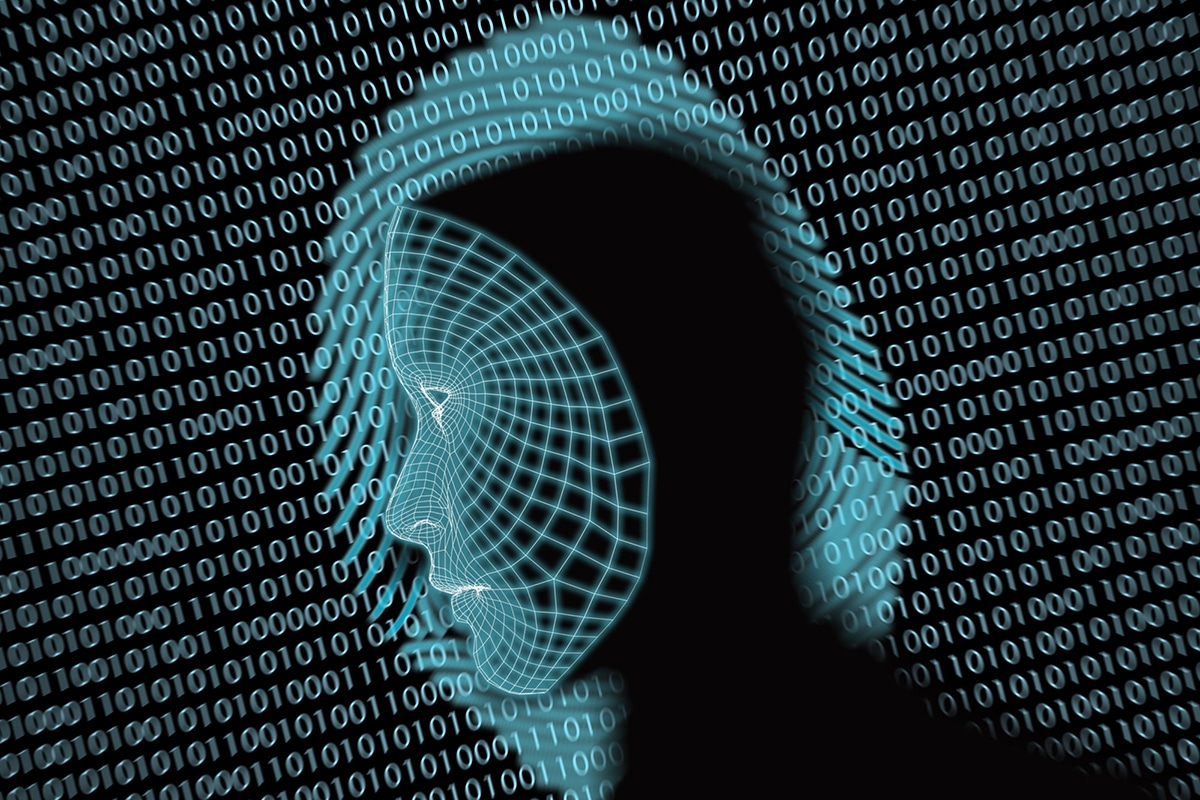Why identity is the cornerstone of a zero trust architecture

As organizations continue to embrace digital transformation to gain access to the cloud’s many benefits, this means that computing environments are evolving into borderless IT ecosystems. Digital identities are also evolving at pace and identity security is now a crucial aspect of cybersecurity.
As we continue to digitally transform organizations, so the importance of secure and reliable digital identities has grown. 2024 is poised to usher in a multitude of innovations and trends in this area, ranging from advanced biometrics to the integration of artificial intelligence and machine learning to meet the changing needs of businesses, individuals, and governments.
The growing use of synthetic identities combined with deepfakes
There are growing concerns related to identity fraud, insider incidents, the need for tighter data security controls, while not impacting the user experience. There has been a growing number of incidents of cybercriminals using synthetic identities combined with deepfake content, whereby they create synthetic identities in several ways, such as by combining stolen personal information from several people into a new identity, thereby inventing a new identity that’s completely fictitious and doesn’t rely on real personal data. They then use these identities in ways that allow them to build a shallow history that they can use for identity checks with major banks and retailers. To counter this tactic, biometrics such as facial recognition, fingerprint scanning, and voice recognition are becoming increasingly popular as a means of identity verification. These are more secure than traditional passwords and can help prevent identity theft.
Despite these attempts to counter identity theft, however, the threat remains large and growing. Cybercrime-as-a-Service (CaaS) allows criminals to purchase or rent tools and services that enable them to carry out identity-based attacks without having to develop the expertise themselves, meaning more criminals are capable of such attacks. This makes it even more important for businesses to be informed around identity security and how they can secure their organizations, employees, and customers. Employees, in particular, must be monitored with the right policies and tools, as insider incidents are also growing, and over-privileged access and passive data security tools that only monitor traffic leave critical data vulnerable to exfiltration.
All of these factors are fueling demand. According to Global Insights, the global Identity and Access Management (IAM) market is expected to grow at a compound annual growth rate of 12.6 percent from 2023 to 2030 to reach $41.52 billion by 2030.
Demand for more advanced biometric verification
While fingerprint and facial recognition technologies have already made their mark, emerging ID trends indicate a shift towards advanced biometric verification methods. The integration of AI and machine learning (ML) is revolutionizing identity verification. AI-powered systems equipped with pattern recognition capabilities can identify anomalies and detect fraudulent attempts in real time. These systems analyse patterns and behaviors to identify outliers and inconsistencies, adding an invaluable layer of security to the verification process.
Machine learning algorithms act as adaptive detectives, continuously evolving to recognize and respond to new identity fraud tactics, enhancing the overall accuracy of the verification process. Additionally, liveness checks are becoming more frequent in biometric verification, adding an extra layer of security by ensuring the genuine presence of the individual undergoing verification. Liveness checks require users to perform real-time actions, such as smiling, blinking, or speaking a specific phrase, thwarting attempts to use static images or pre-recorded videos.
Identity is the cornerstone of zero trust
Today, zero trust architecture has rapidly become the foundation of modern cybersecurity, with secure networking and identity security as the cornerstone. In essence, Zero Trust is a concept that involves the practical application of identity and access management capabilities to perform continuous risk assessment every time resources are accessed within an environment. The goal is to use contextual identity information to inform and optimize access policies while enforcing the principle of least privilege. Zero Trust means granting access only for the right reasons, to the right entities, for the right amount of time. This enables a stronger security posture with no negative impact on productivity or business agility.
Zero Trust controls reduce insiders’ ability to access systems and data that aren’t part of their job and monitor activity inside networks. Now, organizations are seeking AI-powered identity and access management in a single solution that integrates seamlessly with zero trust architecture, combined with skilled professionals to develop, implement and support it.
How AI is evolving zero trust models
AI will also play a significant role in zero trust frameworks, as these technologies help to continuously analyze network patterns and user behavior to identify user trends and correlations between data and access context to detect anomalies that might indicate a security threat. This deployment of AI drives additional intelligence needed to enable quicker and more effective responses to potential breaches and, alongside identity, will play a pivotal role in the evolution of zero trust models.
Image credit: ekkasit919/depositphoto.com
Scott Silver is CEO Integral Partners, part of the Xalient Group.
